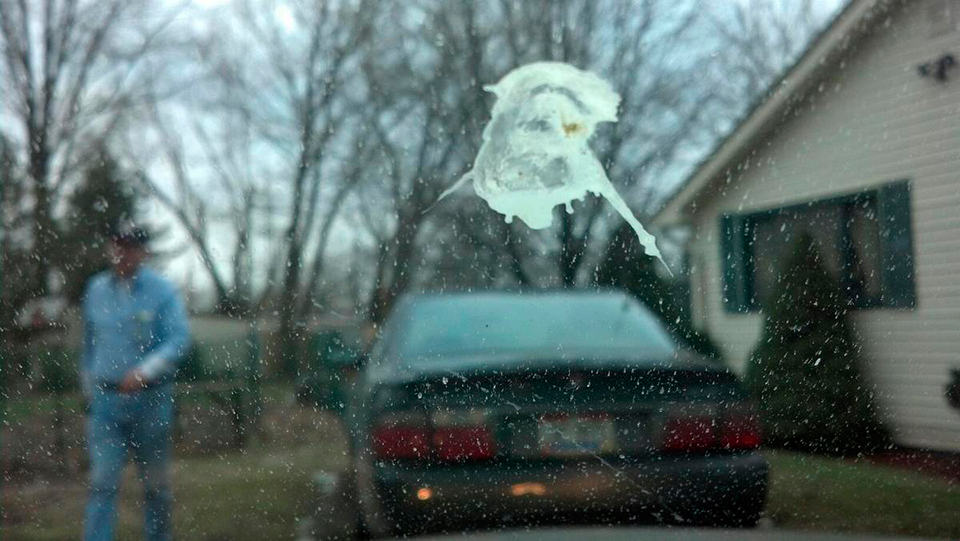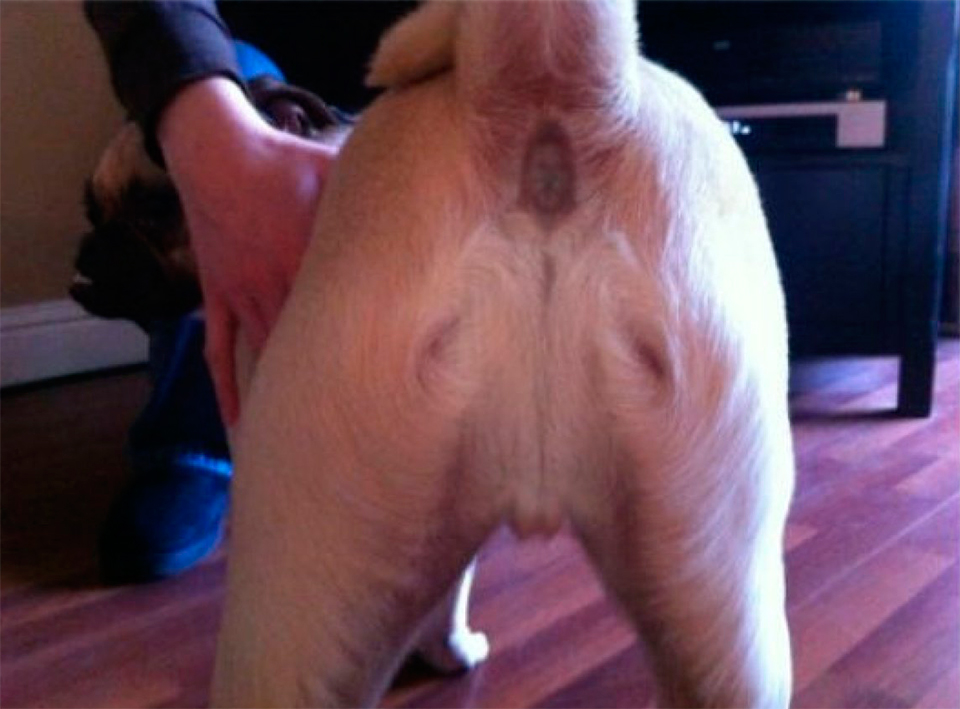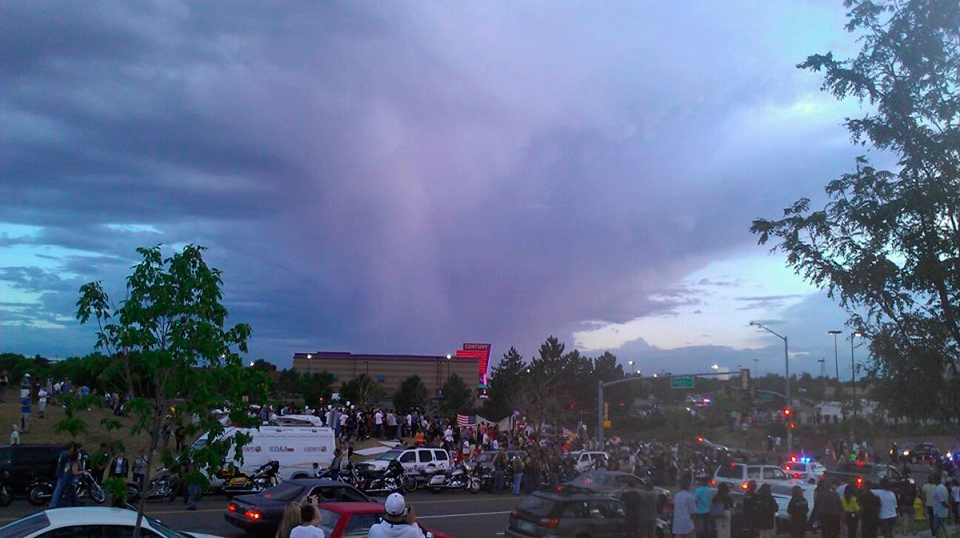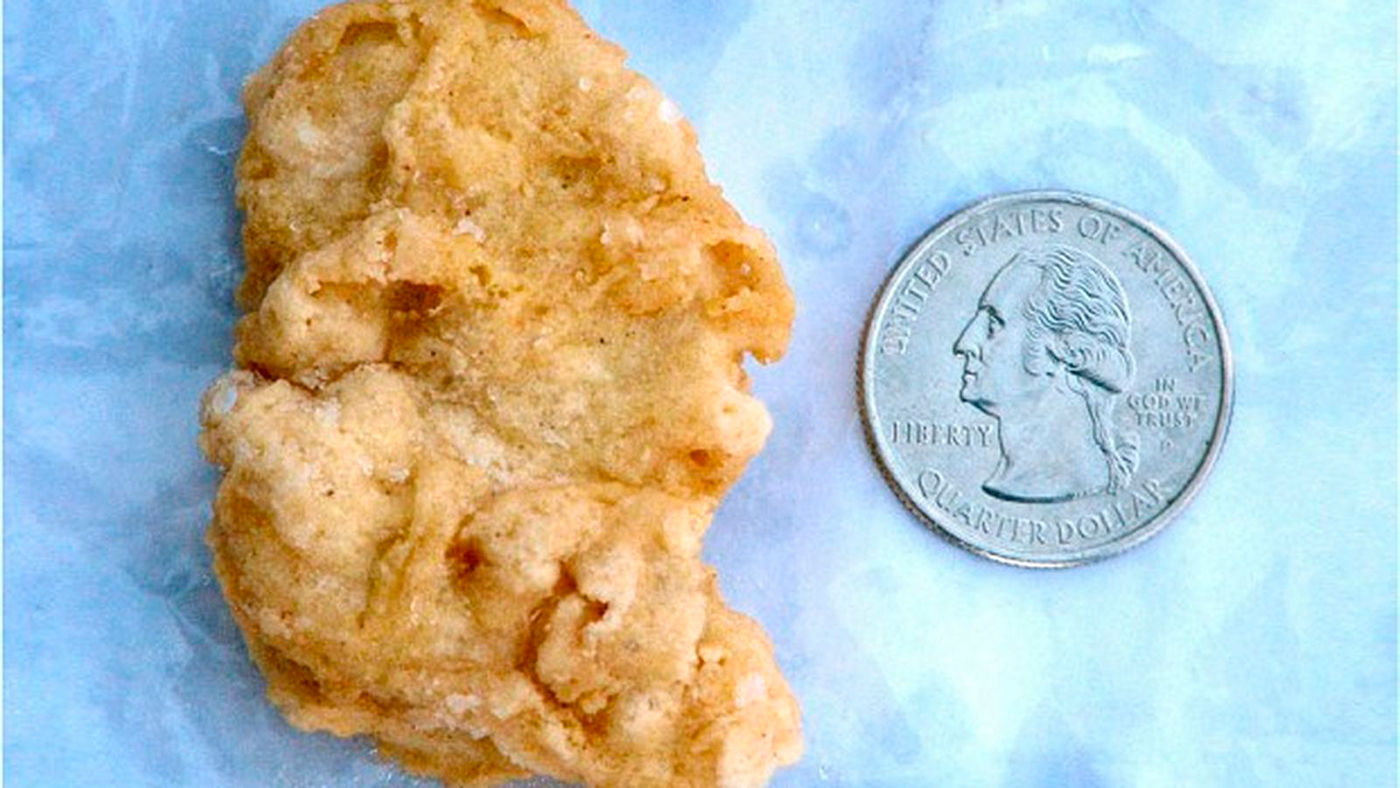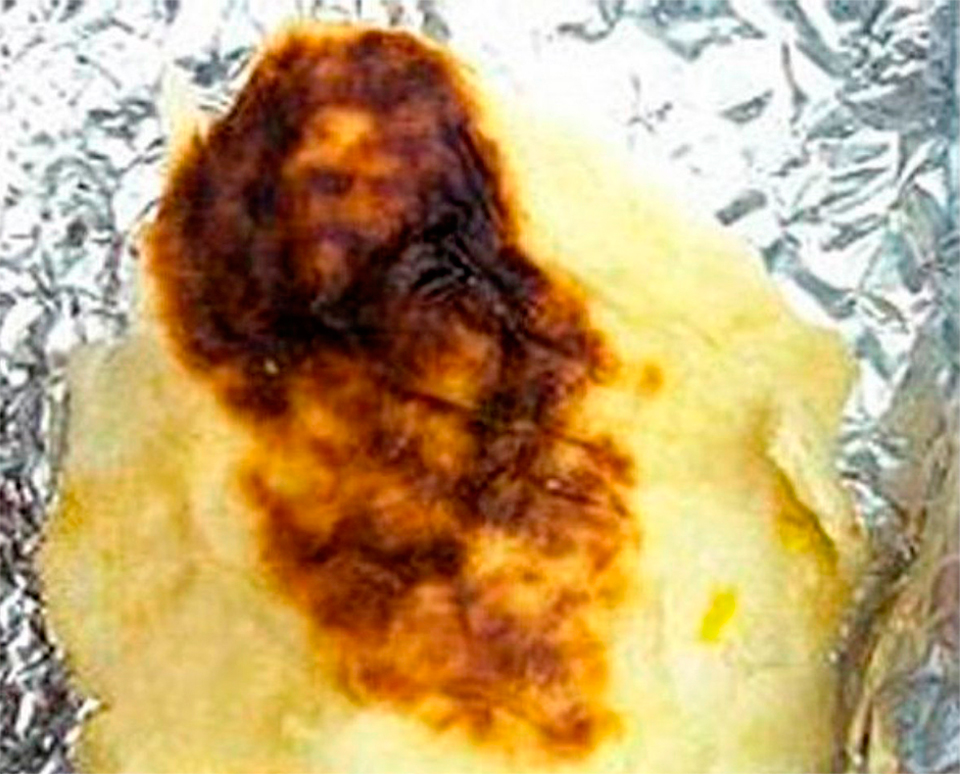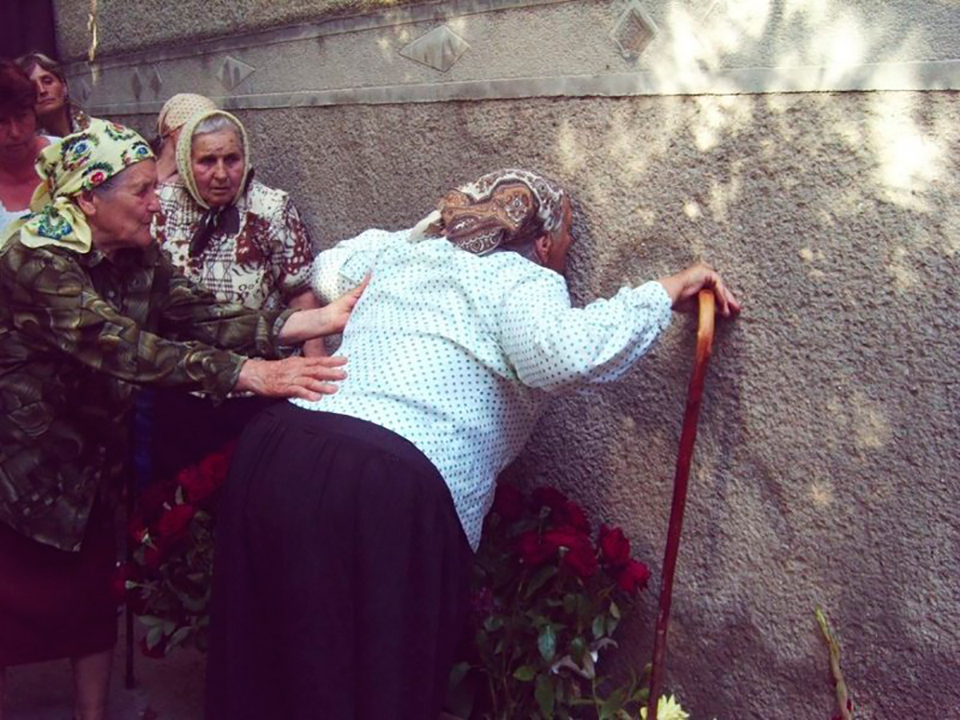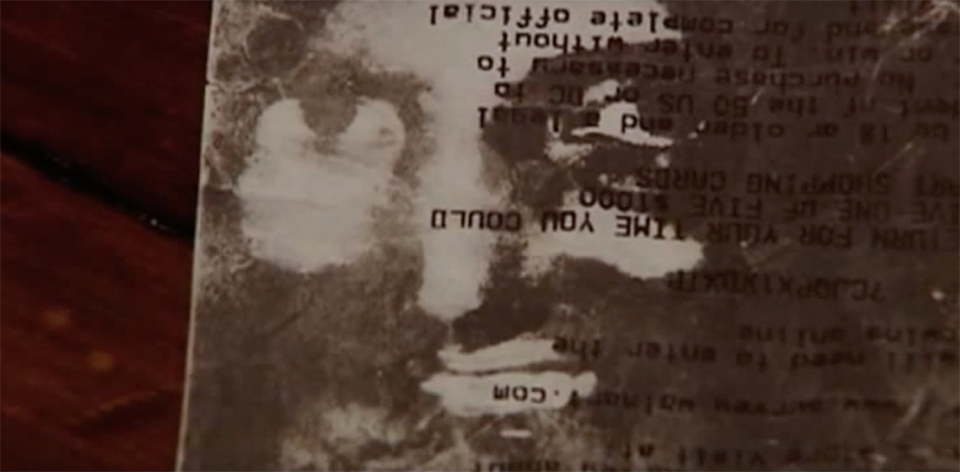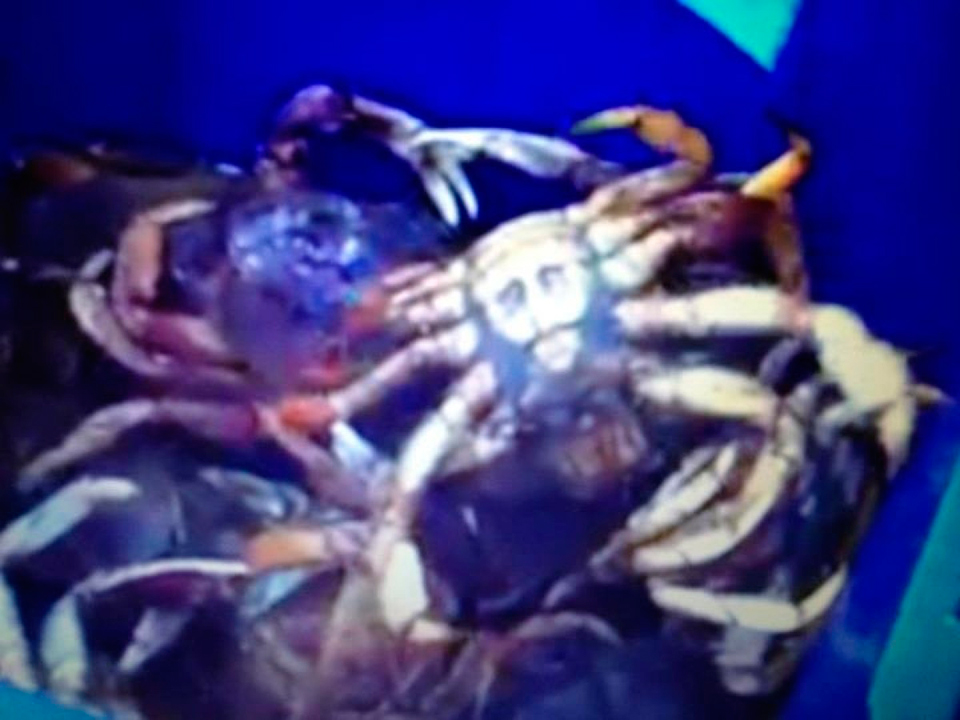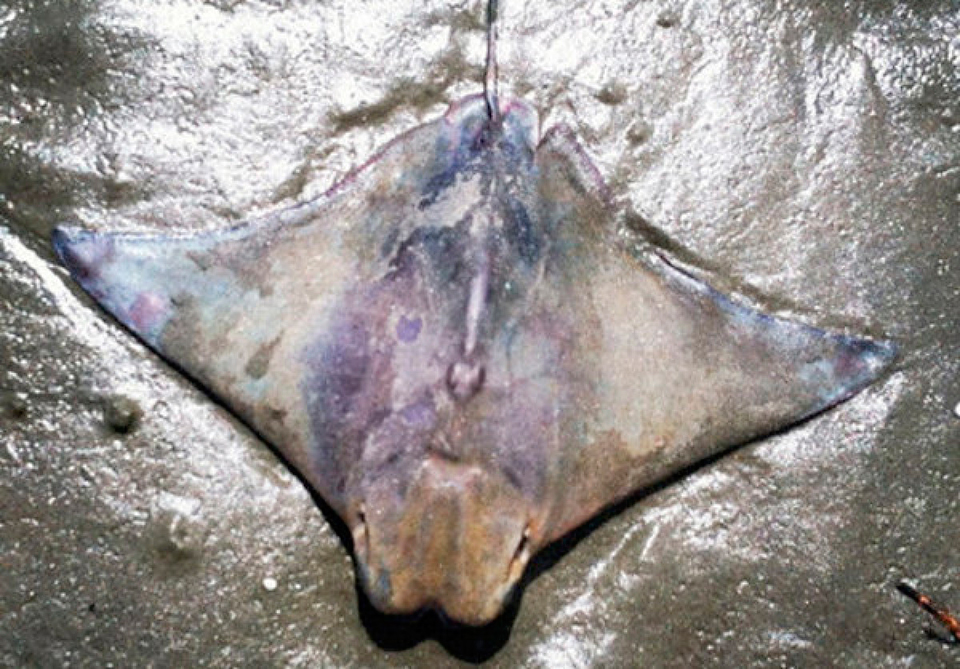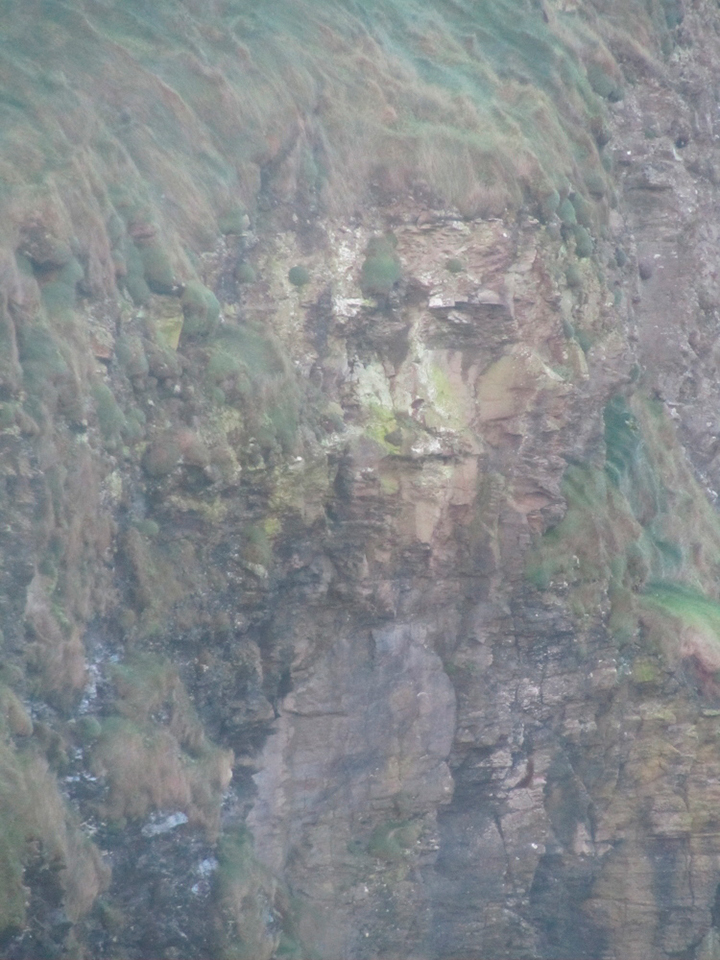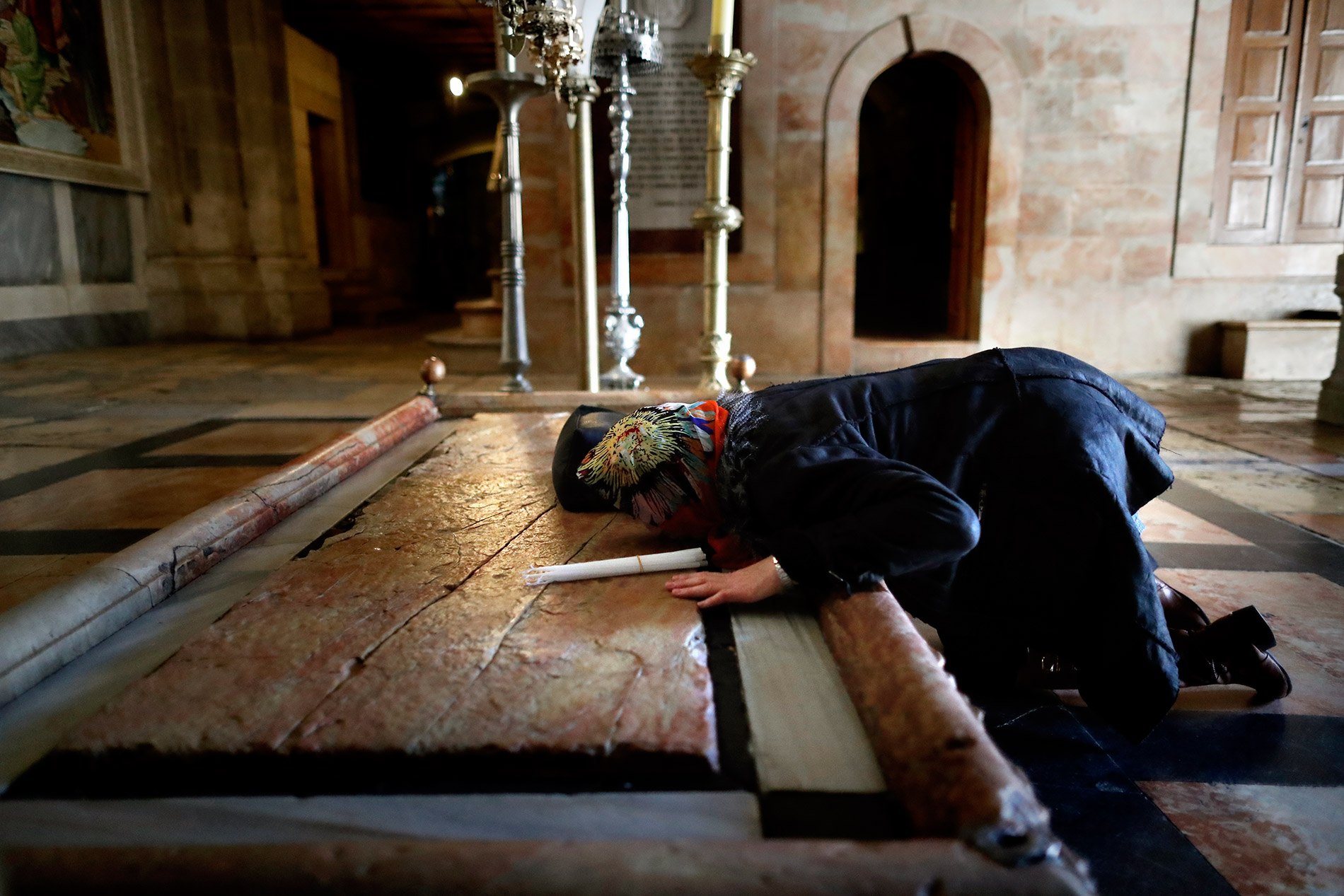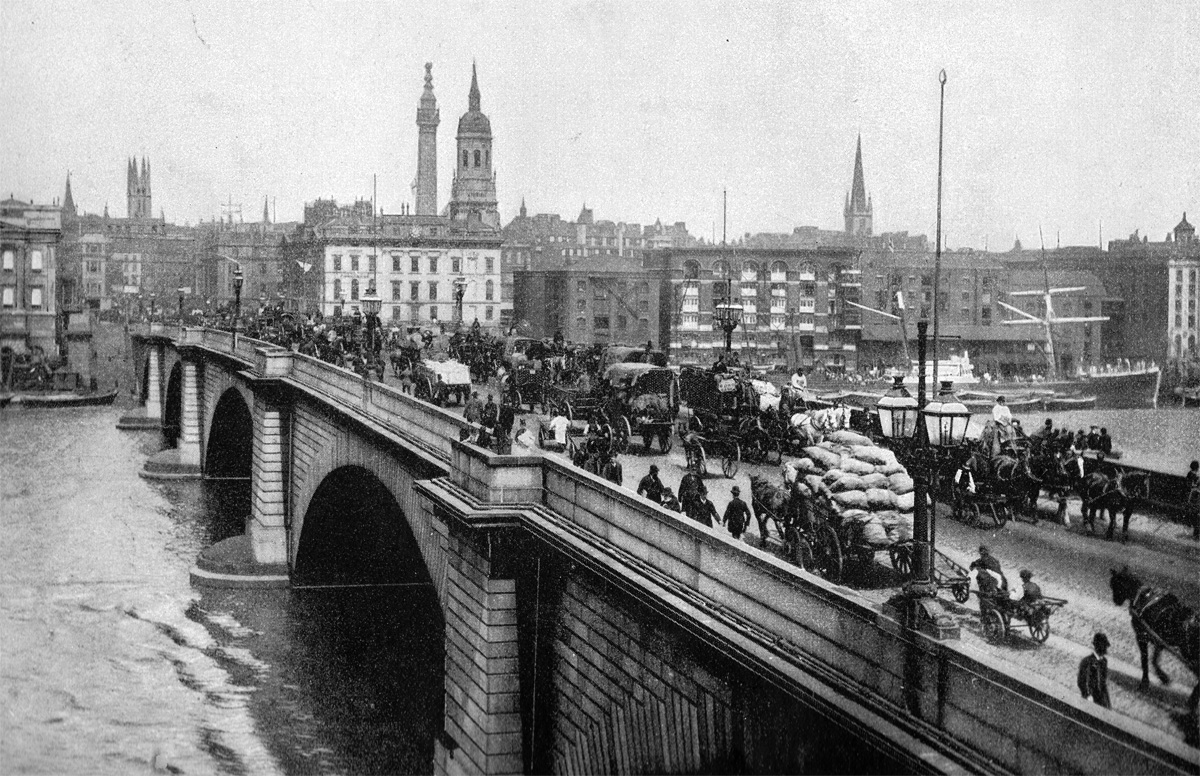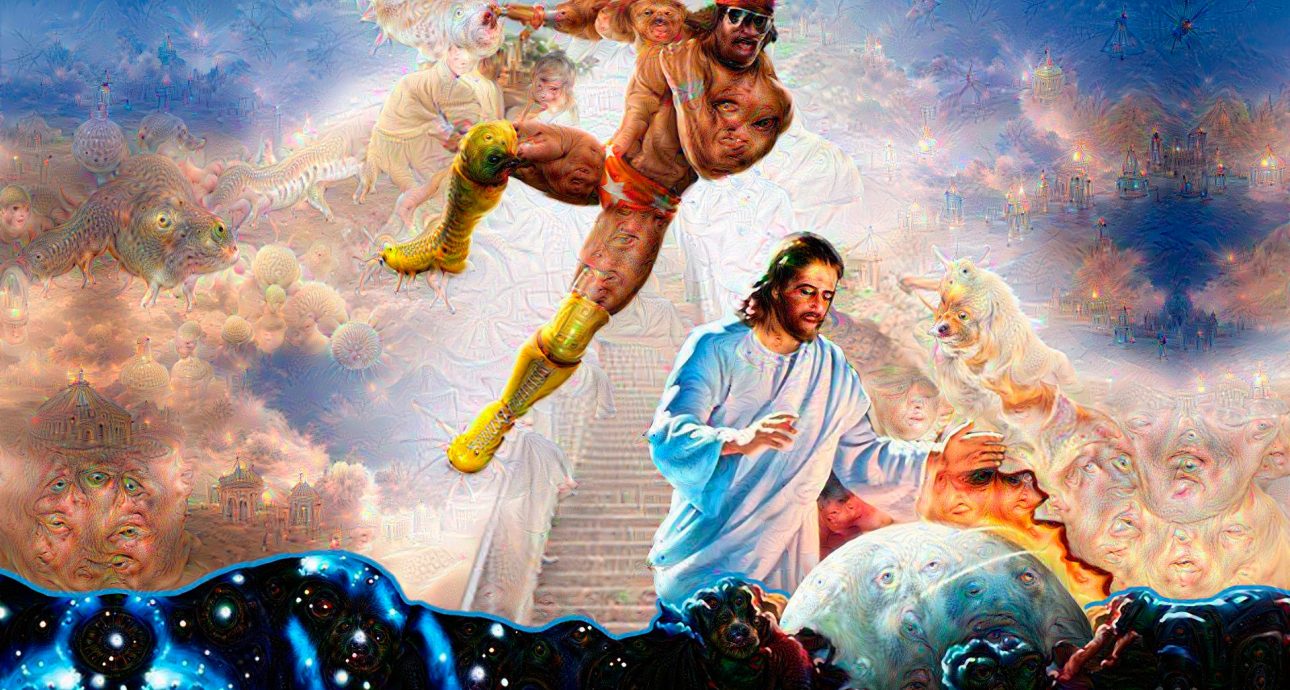
Ancient Skill: Why Do People See Jesus on a Slice of Pizza?
In 1994, Diane Duyser from the US saw the Virgin Mary’s image on a grilled cheese sandwich. 10 years later she sold it on eBay for $28,000. And in 20 years Google taught the DeepDream neural network to recognize faces and images in the contours of random objects.
It only seems that these two events are unrelated.
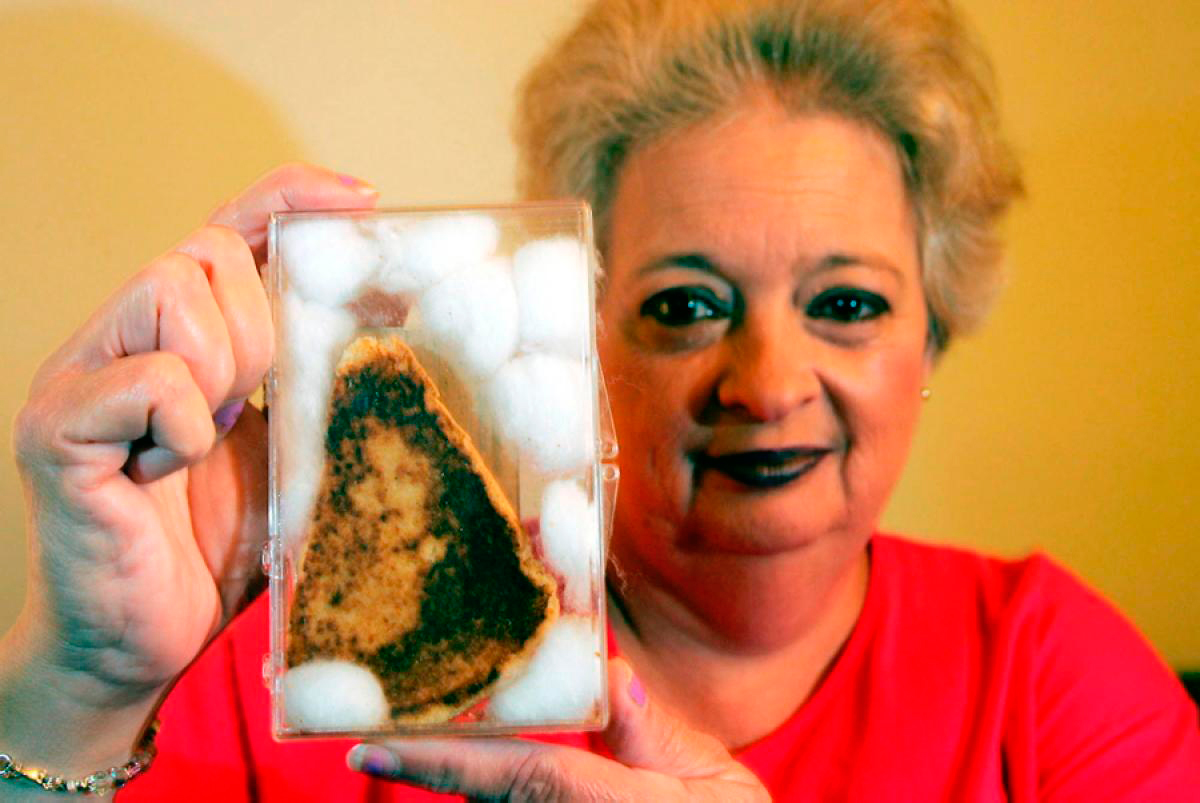
A neural network learns from examples. It processes several dozen pictures with dogs, and later tries to find the contours of a dog’s muzzle in a new image. Neurologist Takeo Watanabe from Boston University thinks that our brain works based on the same principle. We see a human face immediately after we are born and millions of times during our lives. That is why, according to Watanabe, our brain sees faces even in places where they can’t be found: it has assimilated the previous experience too well.
In psychology, creating an illusory image based on details on a real object is called ‘pareidolia’. The brain uses the information about what it has previously seen to analyze the new image as fast as possible. Scientists think this skill greatly improved survival rates for our ancestors. “If you lived in primeval times, for instance, it would be good to be very sensitized to tigers,” Dr. Watanabe develops the idea in his conversation with The New York Times journalist.
The skill that saves our ancestors from dying hundreds of thousands of years ago in our days leads to obsession.
In 1992, 20,000 Christian pilgrims came to Bangalore in India. They came to worship a piece of chapati bread, as they saw a silhouette of Jesus burnt into it.
Ten years after, Rebekah Speight earned $8,100 on eBay for a three-year-old chicken nugget which looked like a profile of the first President of the US, George Washington.
In 2005, Chicago citizens opened an altar in the underpass where the Virgin Mary’s face became visible on the wall. Four years later the saint appeared to people at Chernivtsi oblast in Ukraine. The Virgin Mary’s face was spotted in the village club.
A bun with poppy seeds, a pizza, a taco, a tortilla, a fish stick, pancakes, chips, various fruit — the Son of God has revealed himself on quite a food basket. According to neurobiologist Sophie Scott of University College London, people saw Christ because they really wanted to see him.
“Being able to see Jesus’s face in toast is telling you more about what’s happening with your expectations, and how you’re interpreting the world based on your expectations, rather than anything that’s necessarily in the toast,” Scott continued in an article on BBC. This also explains many other illusions that humans have such as ghosts, aliens, Loch Ness monster or their own reflection in the mirror being attractive.
Designers also use the natural inclination of people to look for the familiar in the unfamiliar. An urban legend says that for a long time the classic shape of a Coca-Cola bottle was associated with the figure of actress Mae West. We perceive household appliances, buildings, cars — almost everything around us — in a similar way.
According to the study by Sonja Windhager of University of Vienna, round headlamps and small radiator grille associate with youth and femininity, and cars with rectangular headlamps and wide body are perceived as adult and masculine. Anthropologists discovered that people from remote village regions in Ethiopia who, for instance, have never seen Cars by Disney Pixar, recognize the same human features in cars as we do.
Perception mechanisms that the brain developed in the ancient times continue to influence the lives of people in the modern world.
New and best
